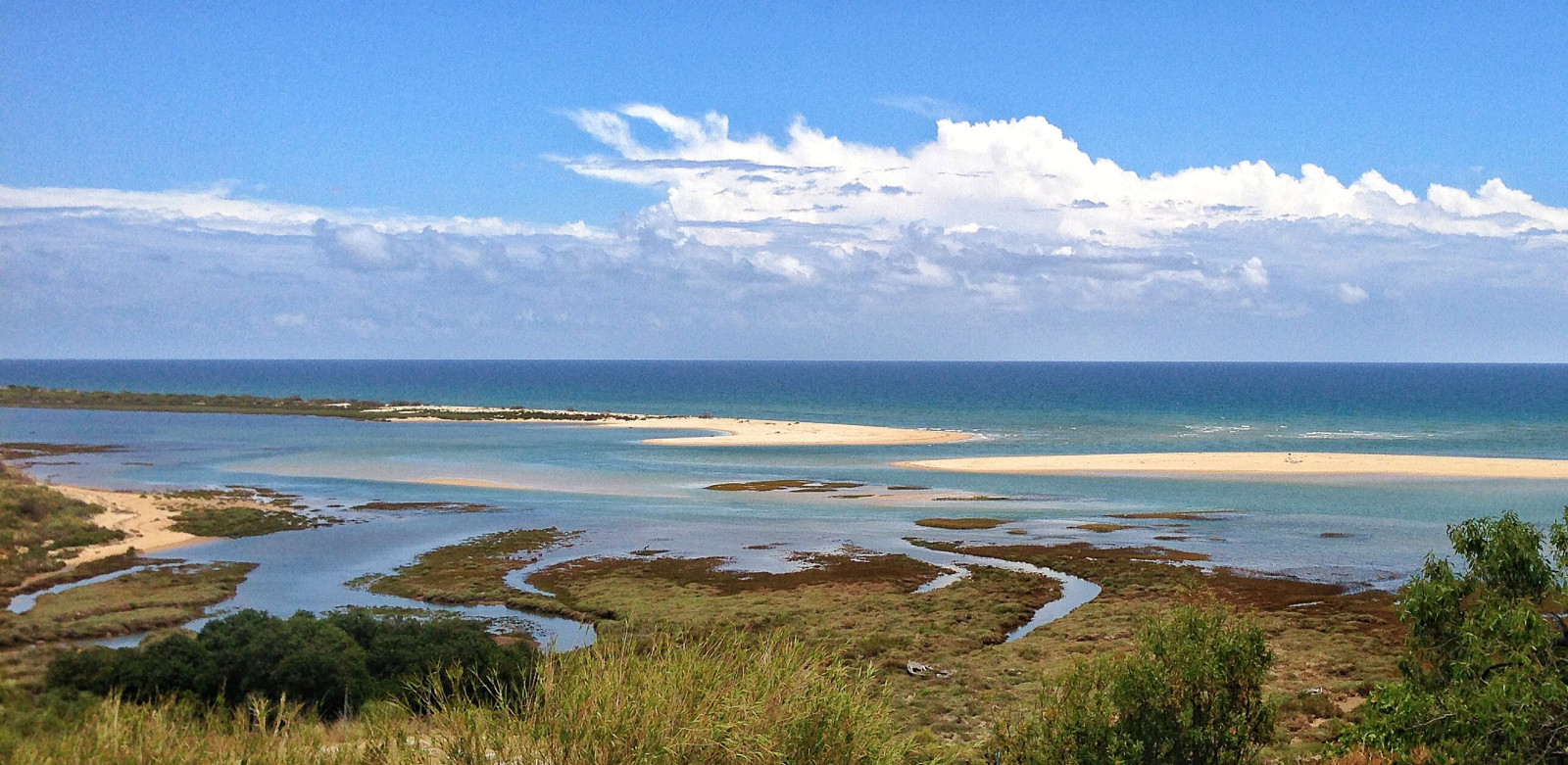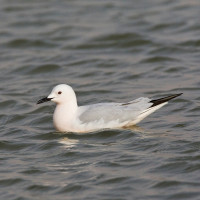Beschreibung
Cacelha Velha is a remarkably intact village with a 17th-century fortress. It is located in the Parque Natural da Ria Formosa, one of the most beautiful and important wetlands of Portugal. Featuring an extensive string of sandy barrier islands parallel to the coast protecting the interior of the ria from the sea and creating environmental conditions similar to an estuary. This system extends for almost 60 km between Ancão beach and Cacela Velha, with a high biodiversity in which birds are of particular importance.
The idyllic village of Cacelha Velha, which was a long peninsula until 2010, when the tides and a new inlet turned most of it into an island. You can walk along the edge of the lagoon where birds such as Austernfischer, Kiebitzregenpfeifer, Seeregenpfeifer, Sandregenpfeifer, Regenbrachvogel, Großer Brachvogel, Pfuhlschnepfe, Steinwälzer, Sanderling, Grünschenkel, Löffler, Dünnschnabelmöwe, Korallenmöwe, Zwergseeschwalbe and many more can be spotted.
Details
Zugang
Bus 67 runs between Faro and Vila Real de Santo António, stopping in different locations on the way, including Olhão, Tavira, Cacela, and Monte Gordo. From Faro to the stop in Cacela Velha it takes 1 hour and 15 minutes, from Olhão it’s about 55 minutes, and from Tavira just 15. The stop is on a road where you see a sign pointing to the village, and from there you need to walk straight ahead for about 15 minutes. By car it’s also just 15 minutes from Tavira, heading east on road N125. From Olhão it’s about 35 minutes and from Faro about 45, on highway A22 and then road N125. You’ll see a large parking lot right by the village. Click on the P in the map for directions.
Terrain und Habitat
Feuchtgebiet , Strand , Schlammflächen , MeerBedingungen
Sandig , Offene Landschaft , Hochwasser möglichRundweg
NeinIst ein Spektiv nützlich?
Möglicherweise hilfreichGute Beobachtungszeit
GanzjährigBeste Beobachtungszeit
Frühjahrszug , HerbstzugSchwierigkeitsgrad der Tour
EinfachErreichbarkeit
zu FußBeobachtungshütten oder -türme
NeinZusätzliche Informationen
Photo Cacela Velha wetlands by gertrudis2010, CC BY-SA 3.0, https://creativecommons.org/licenses/by-sa/3.0, via Wikimedia Commons

